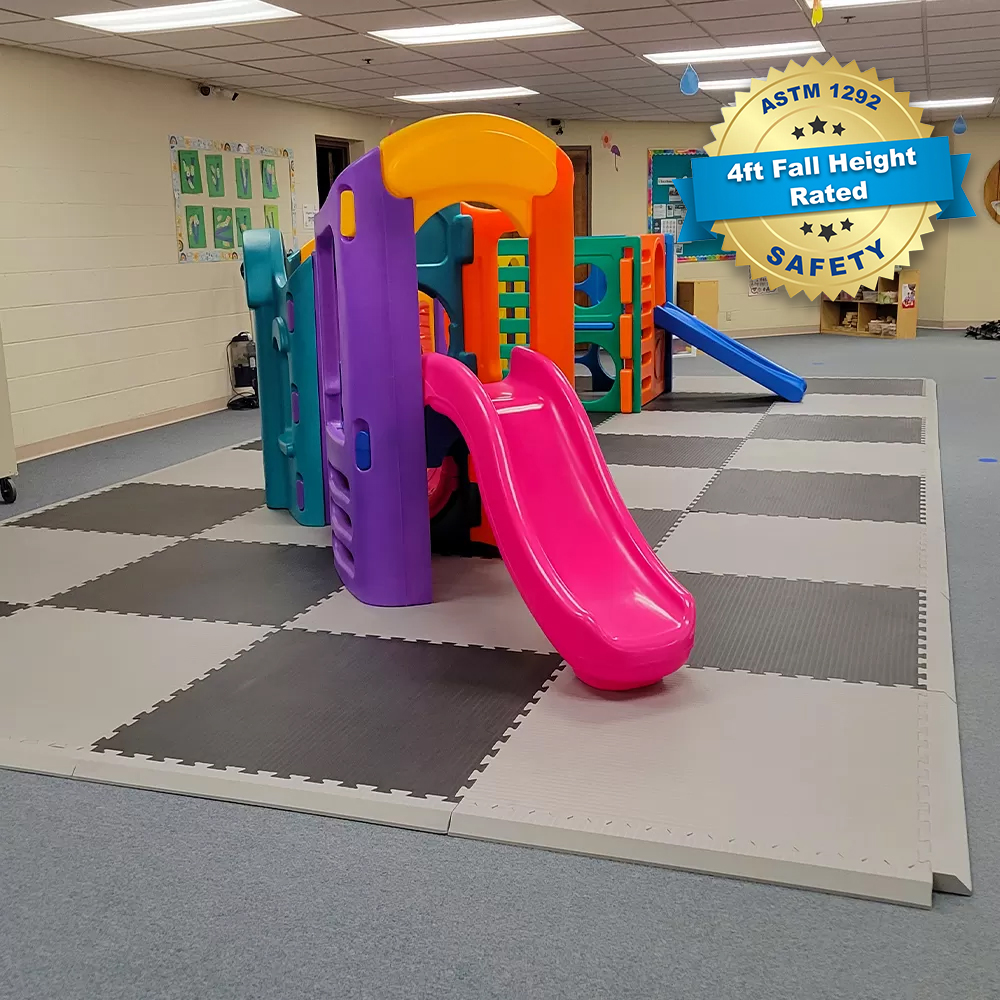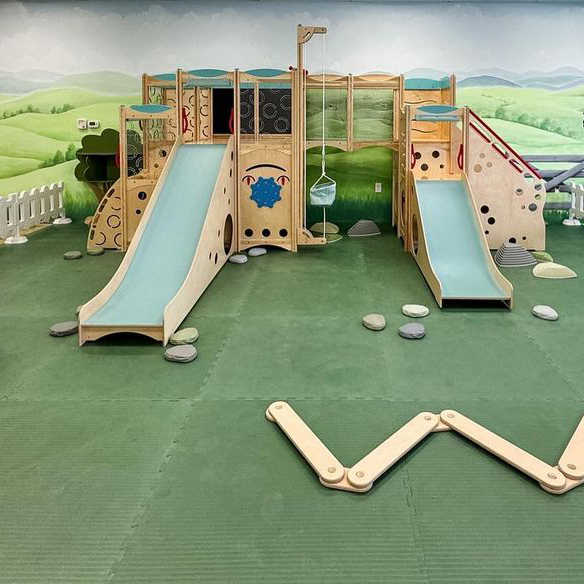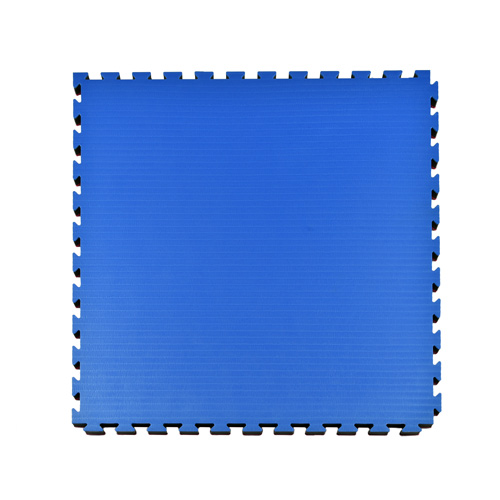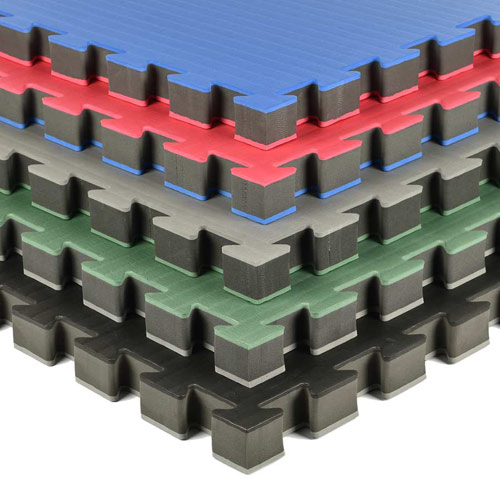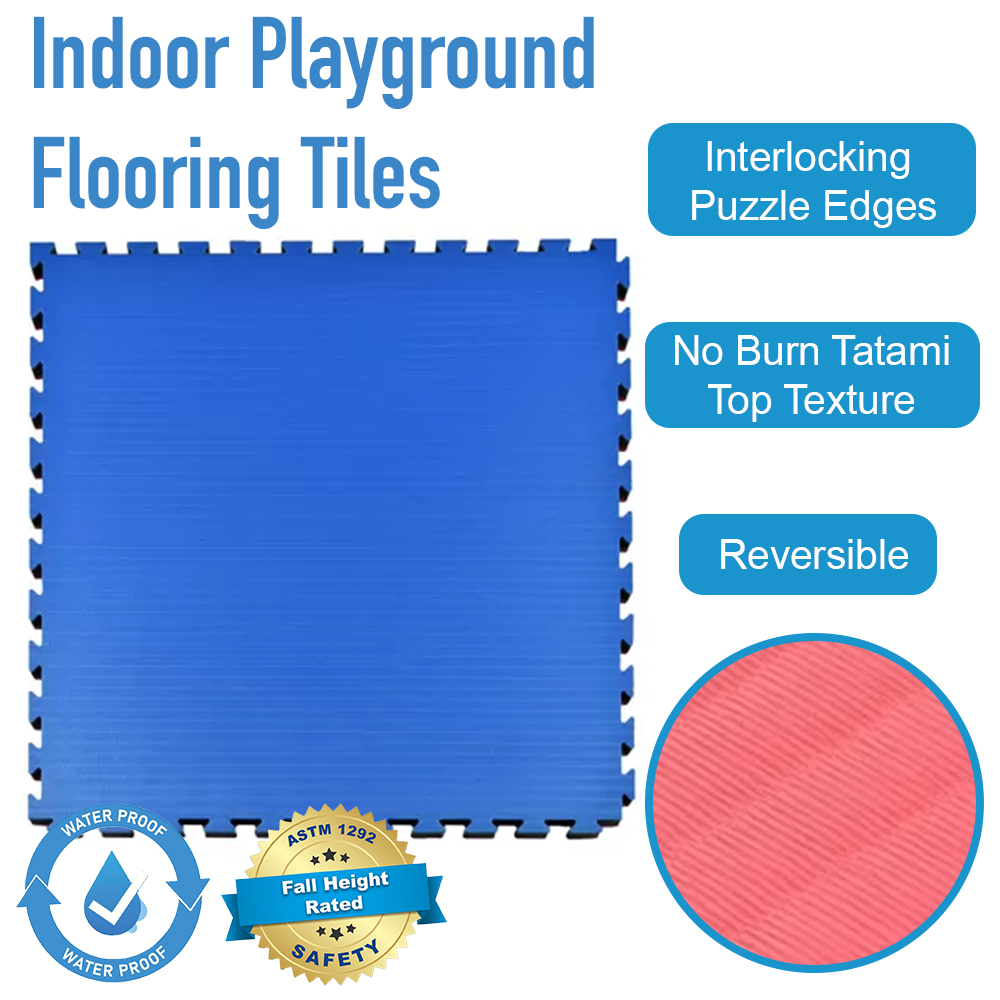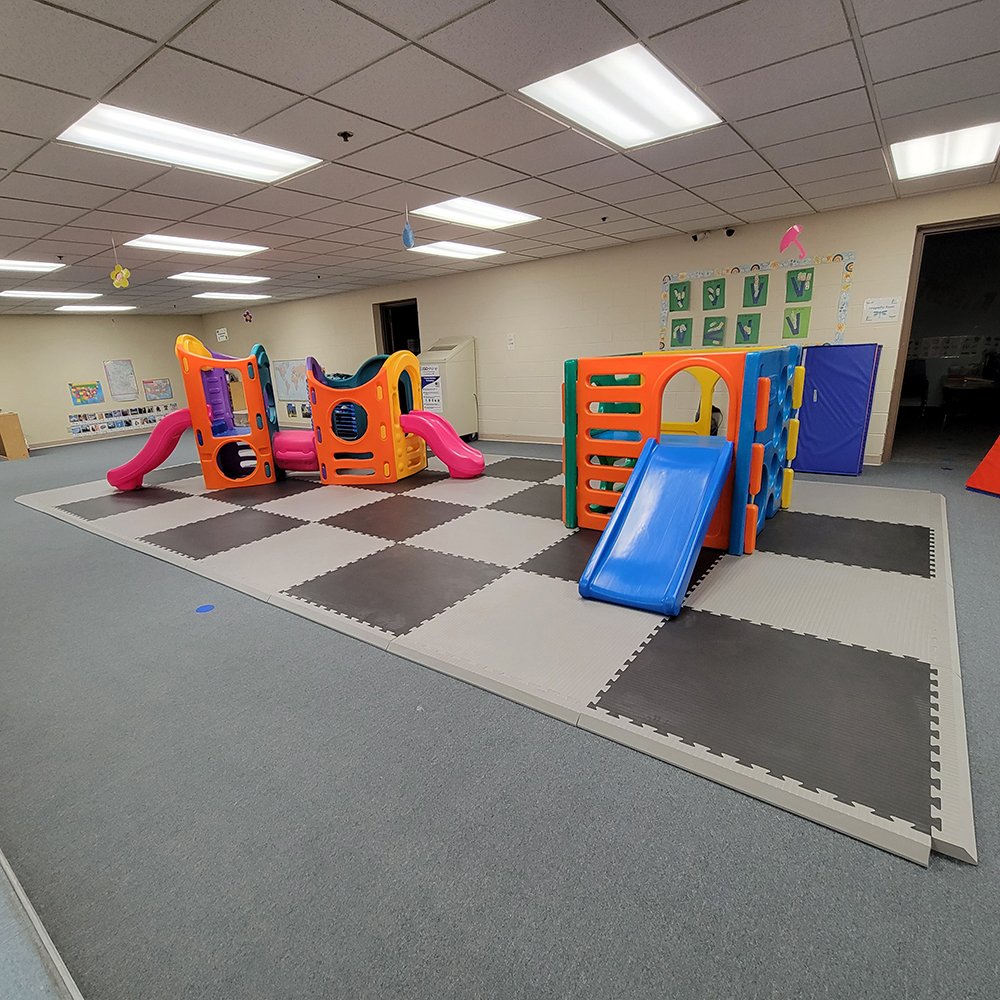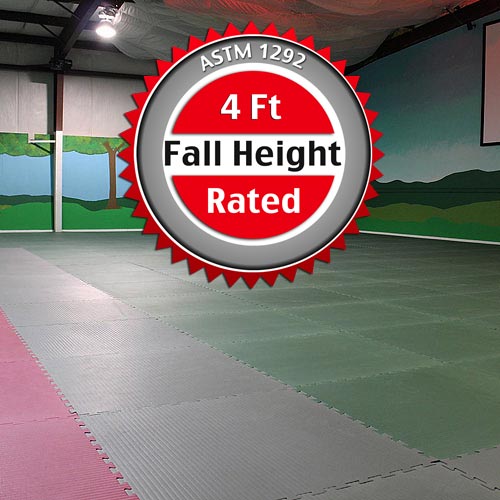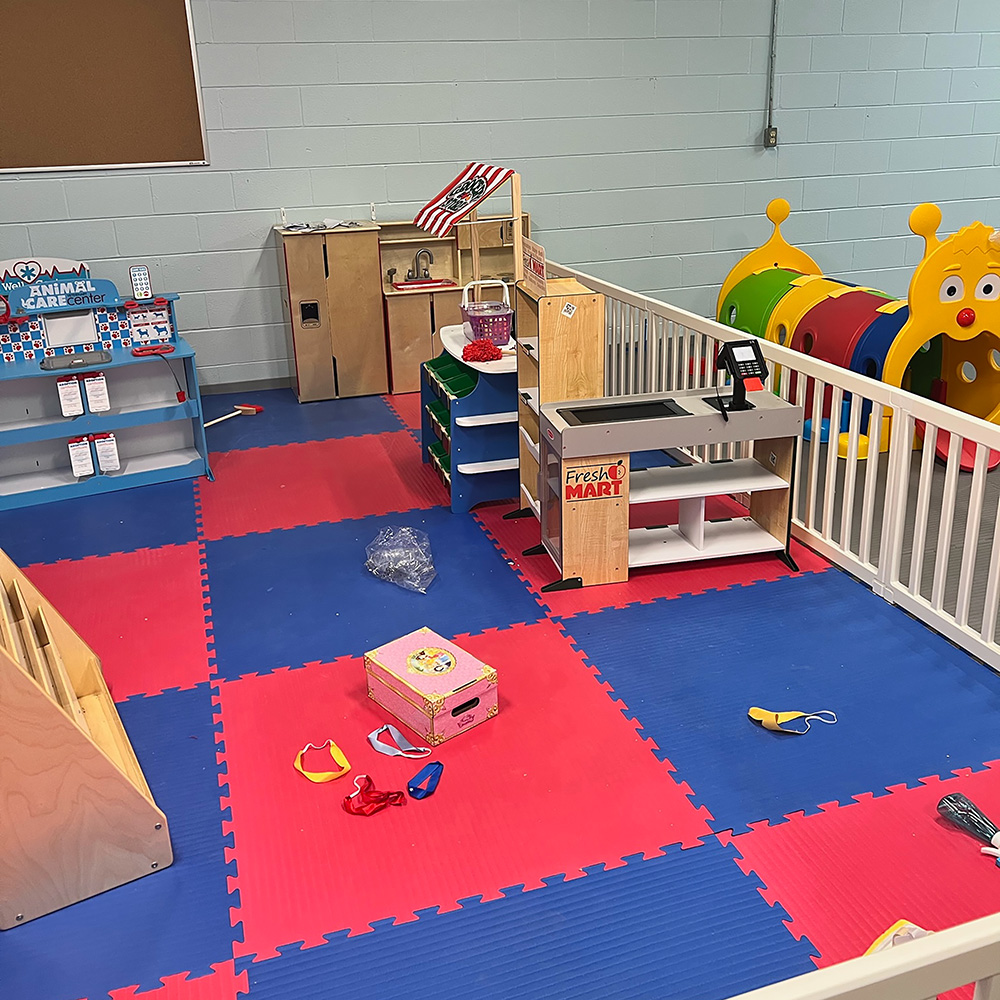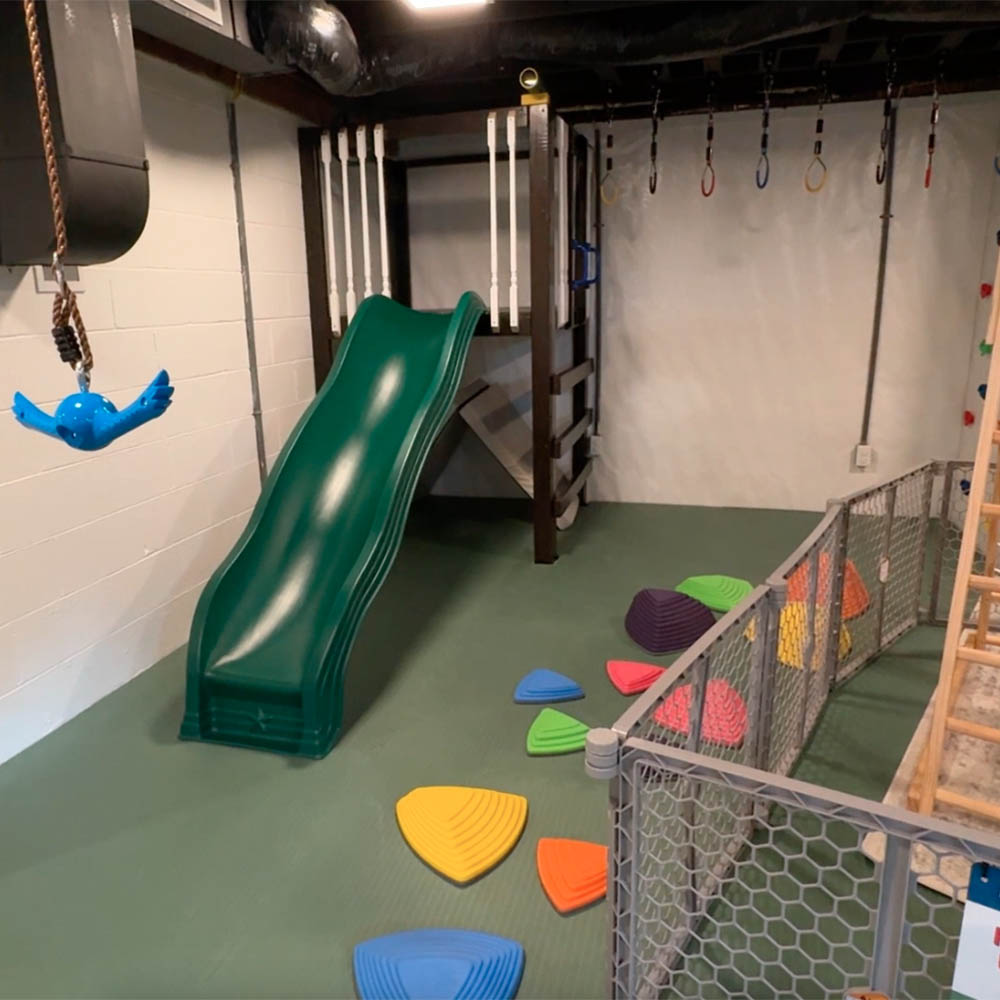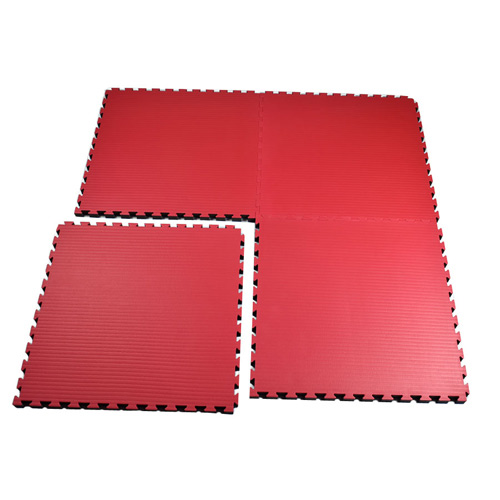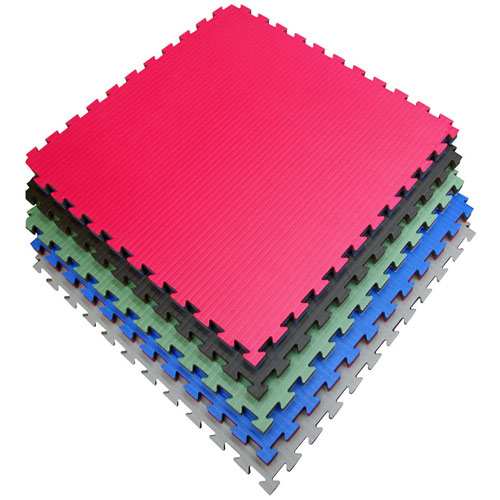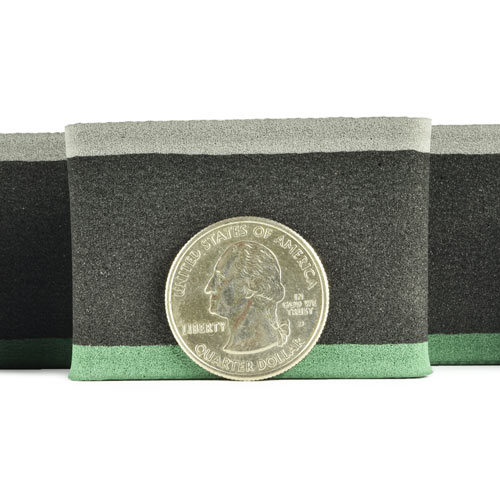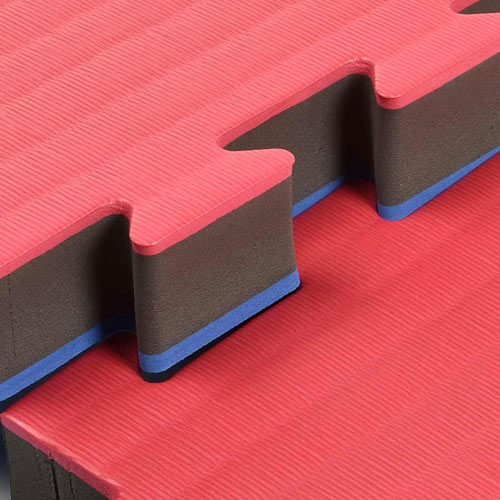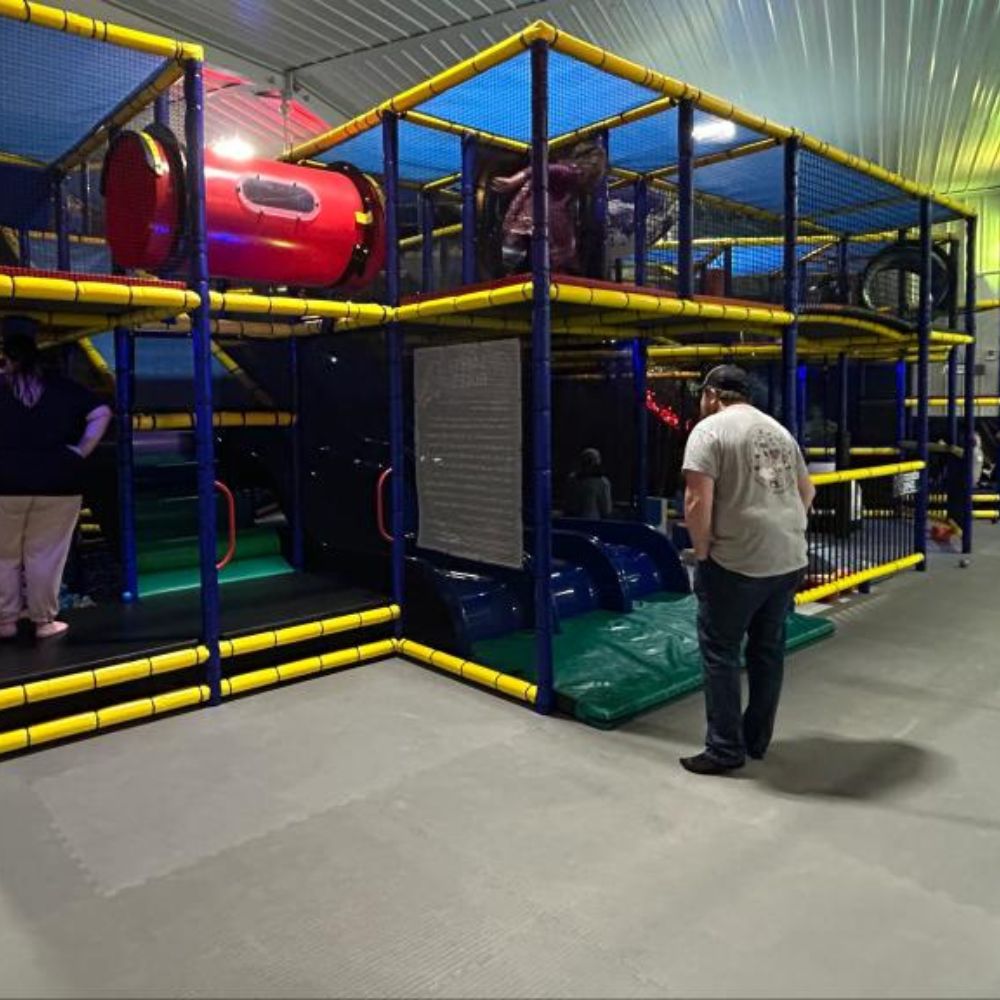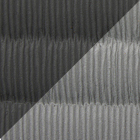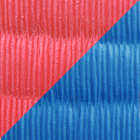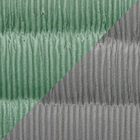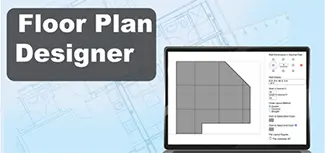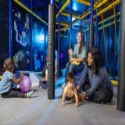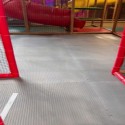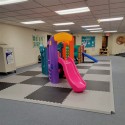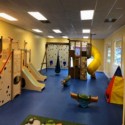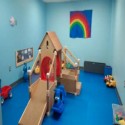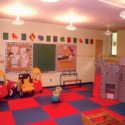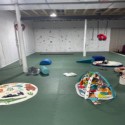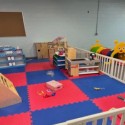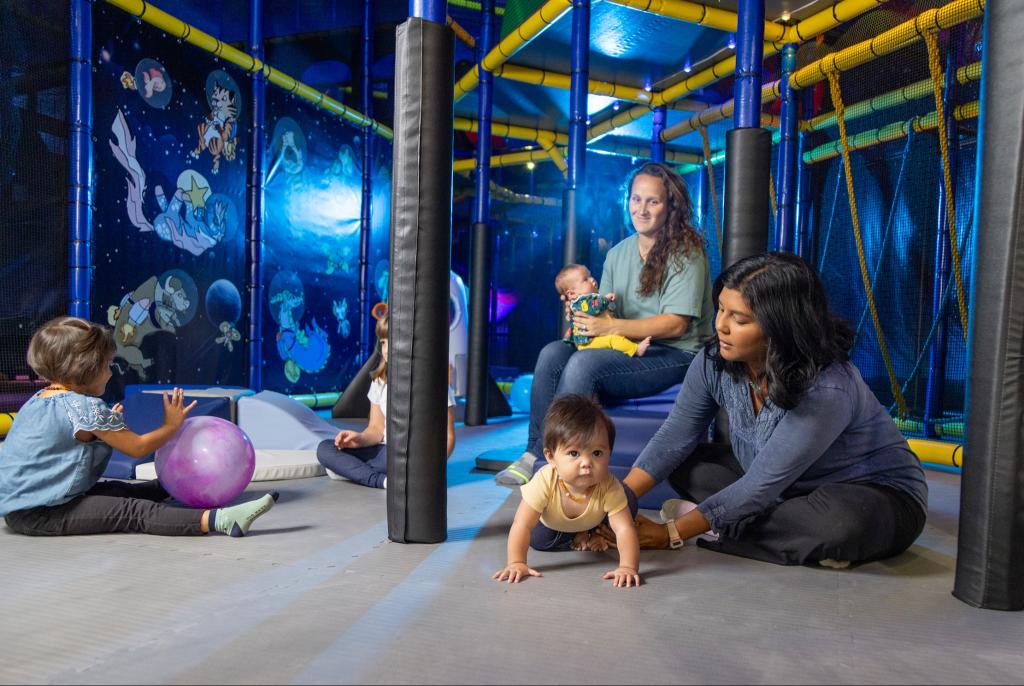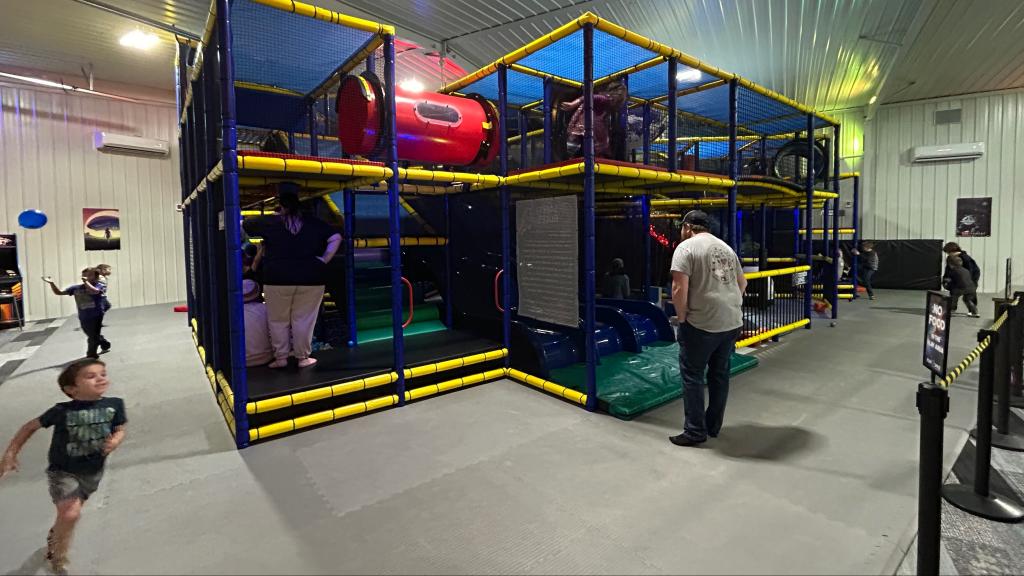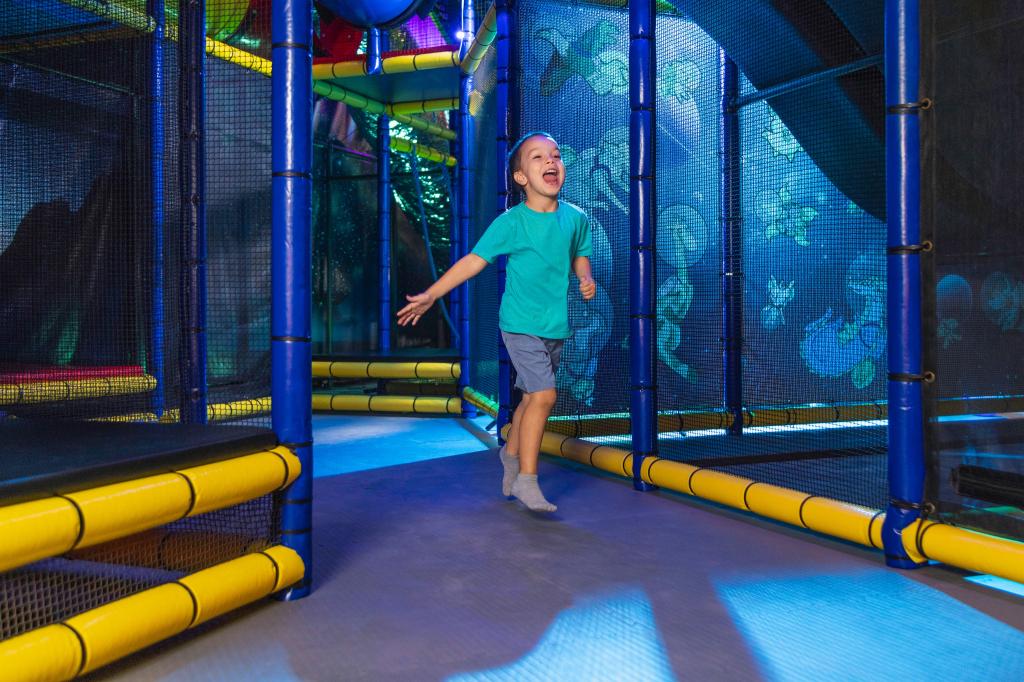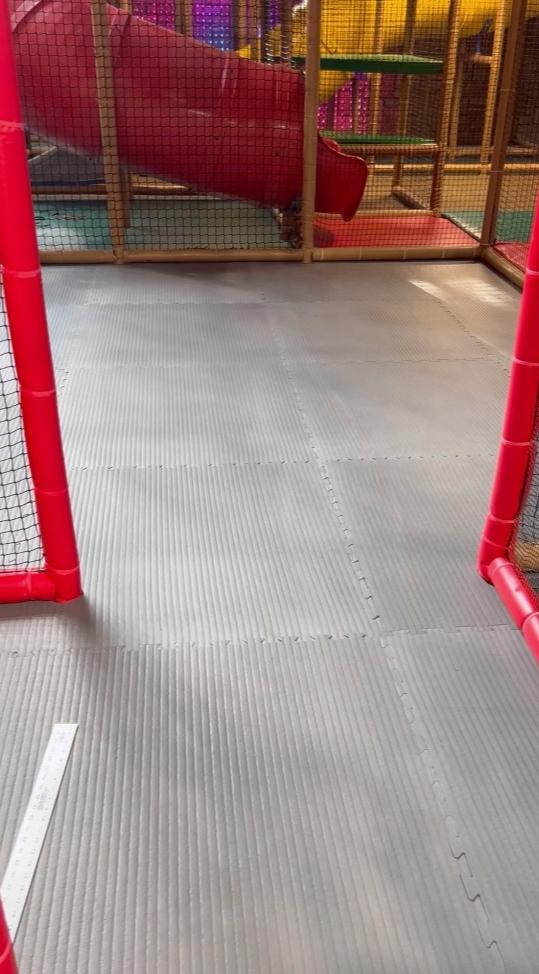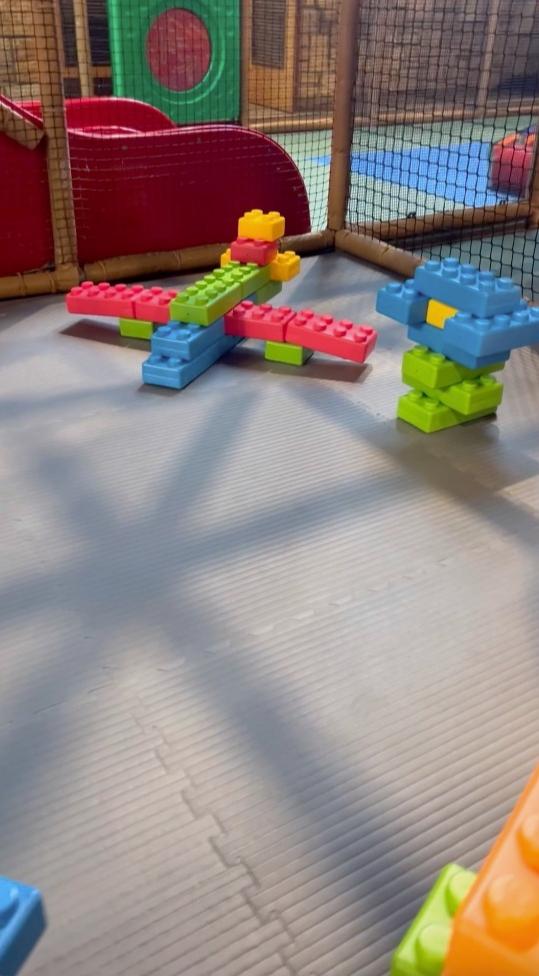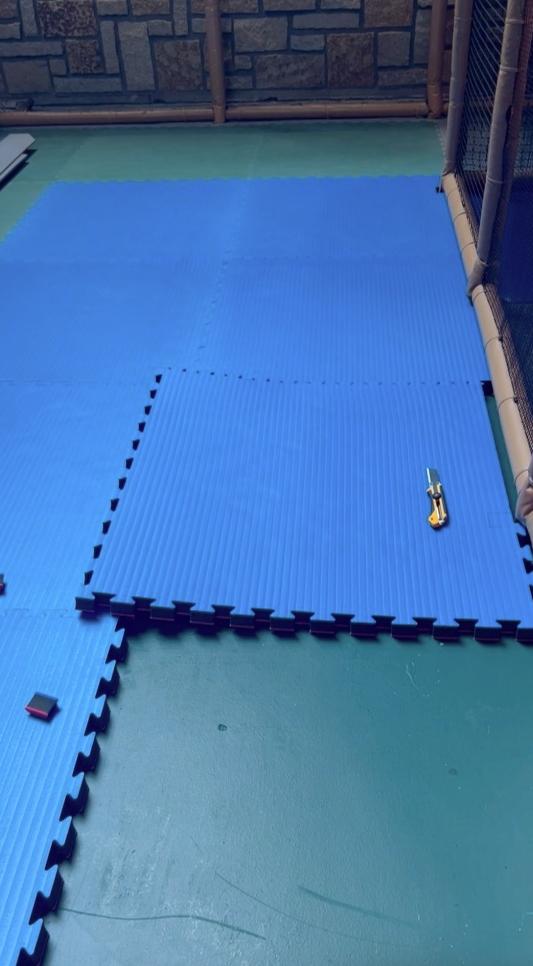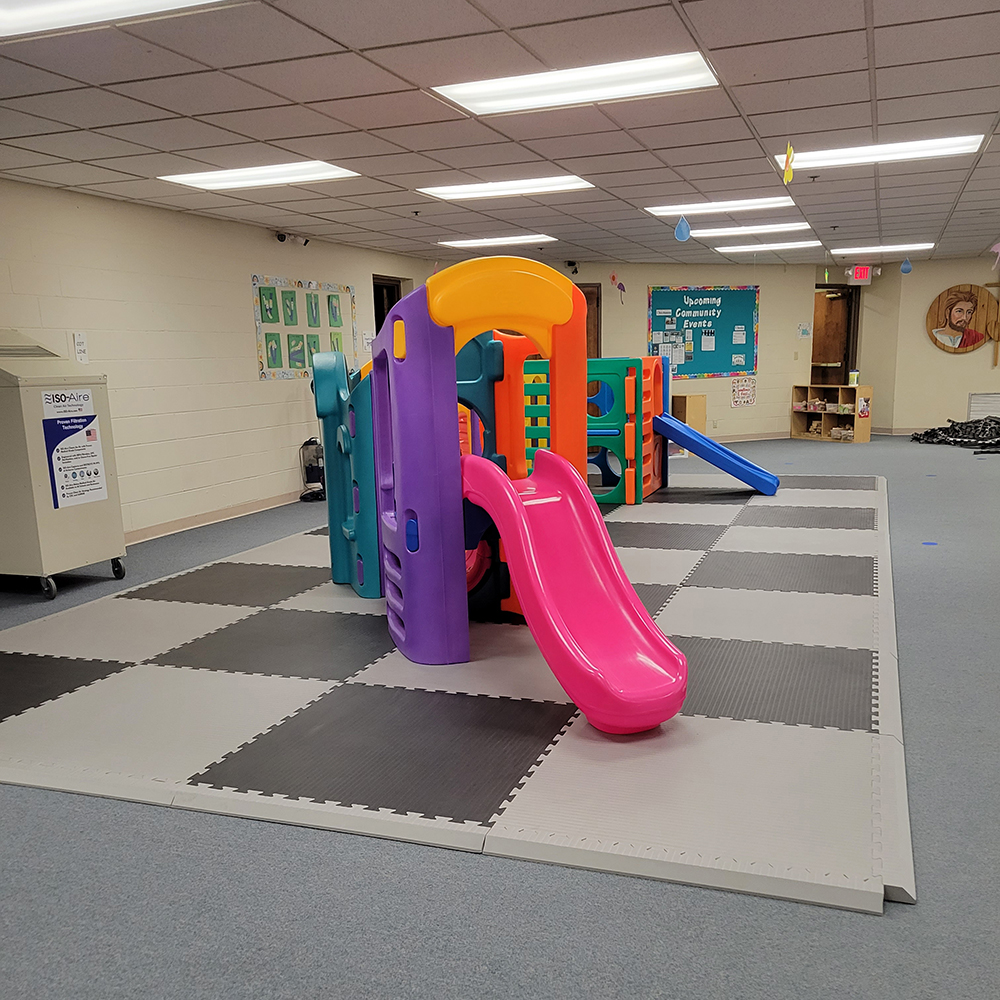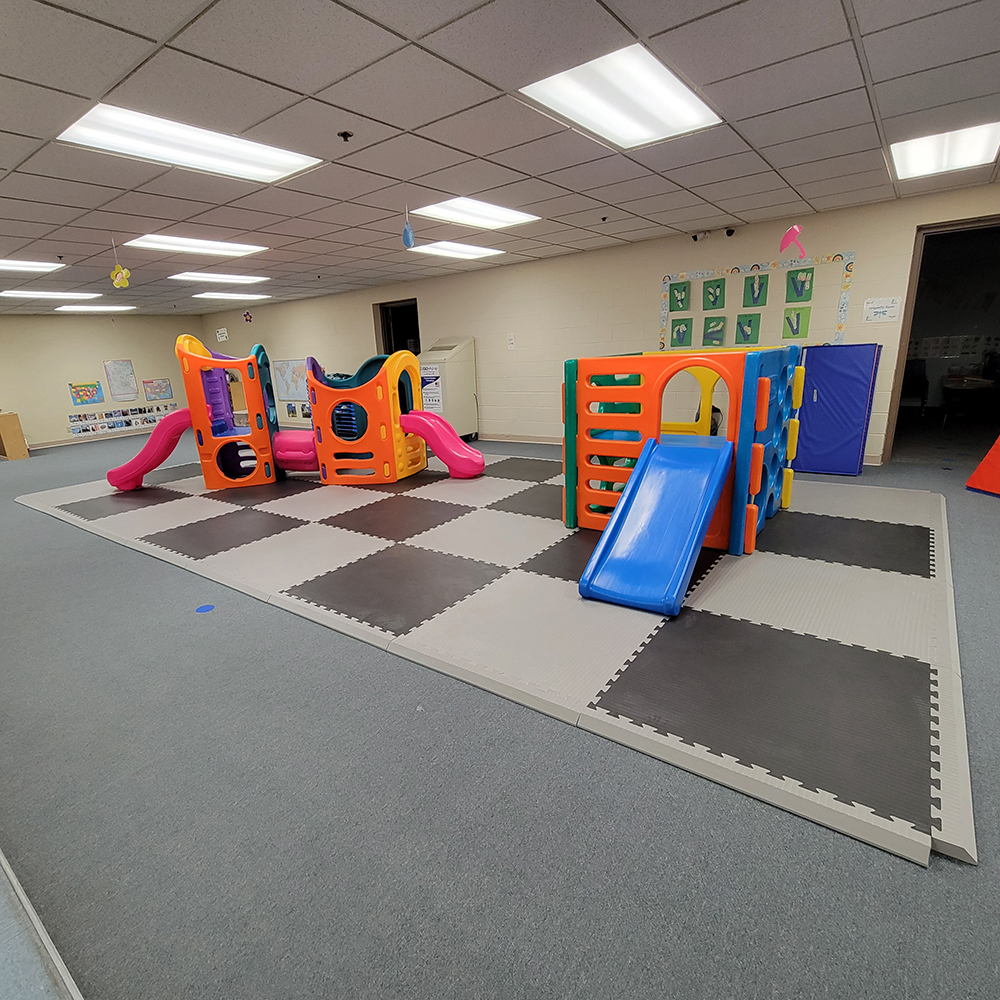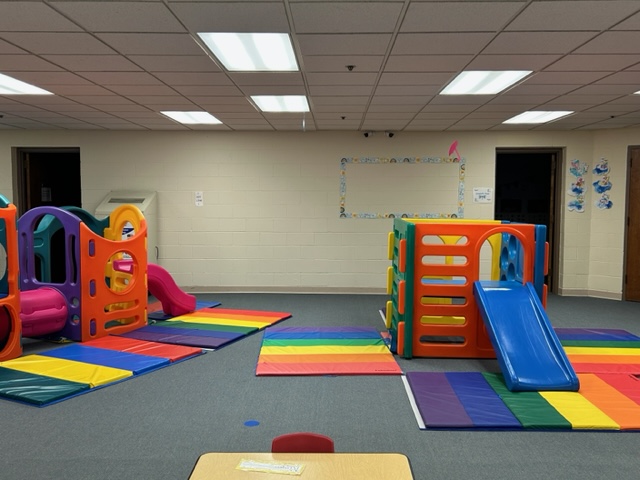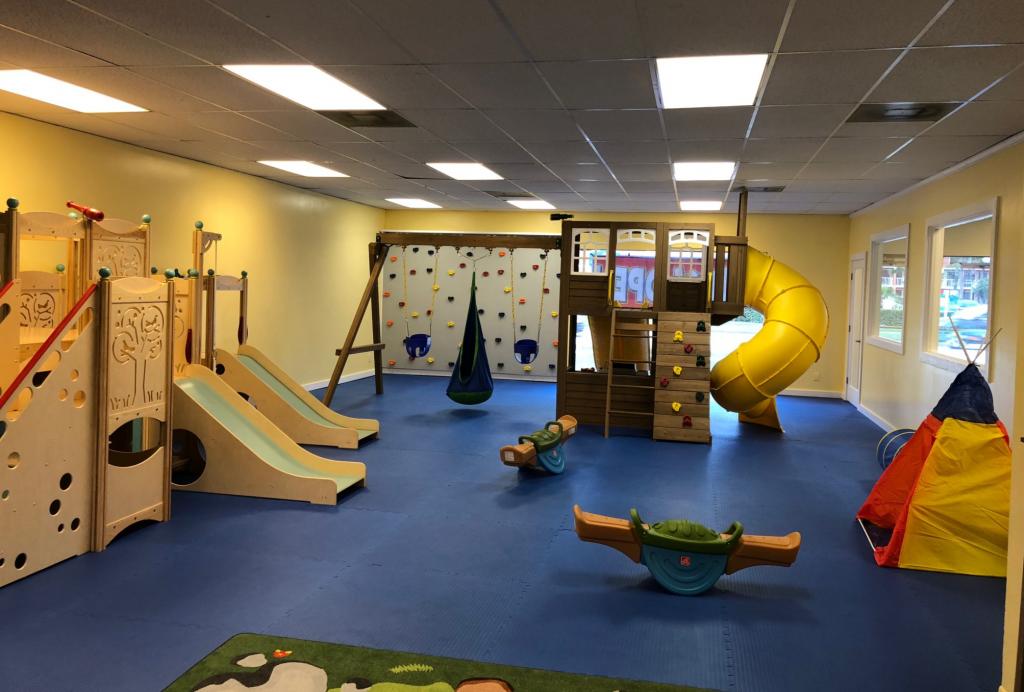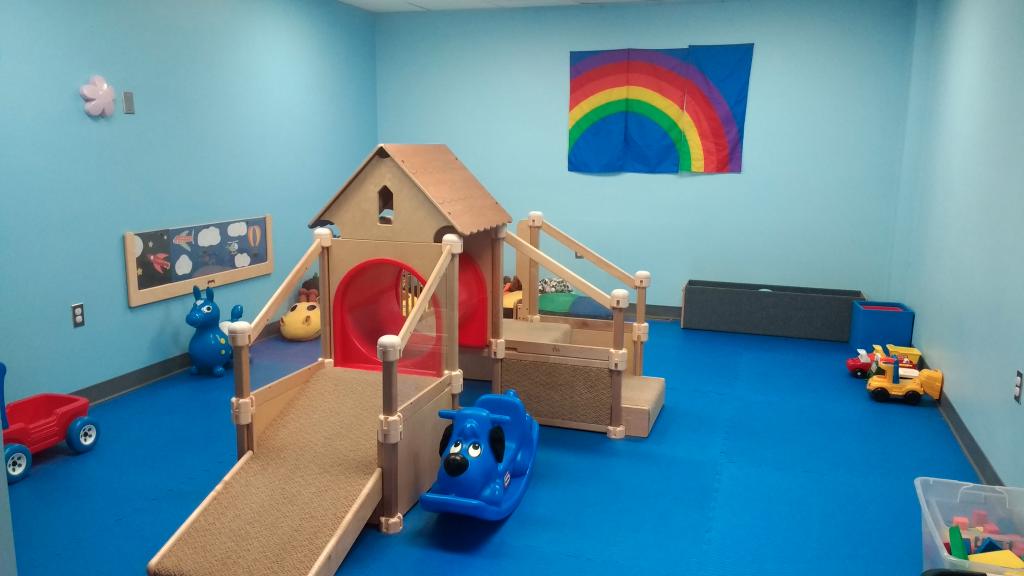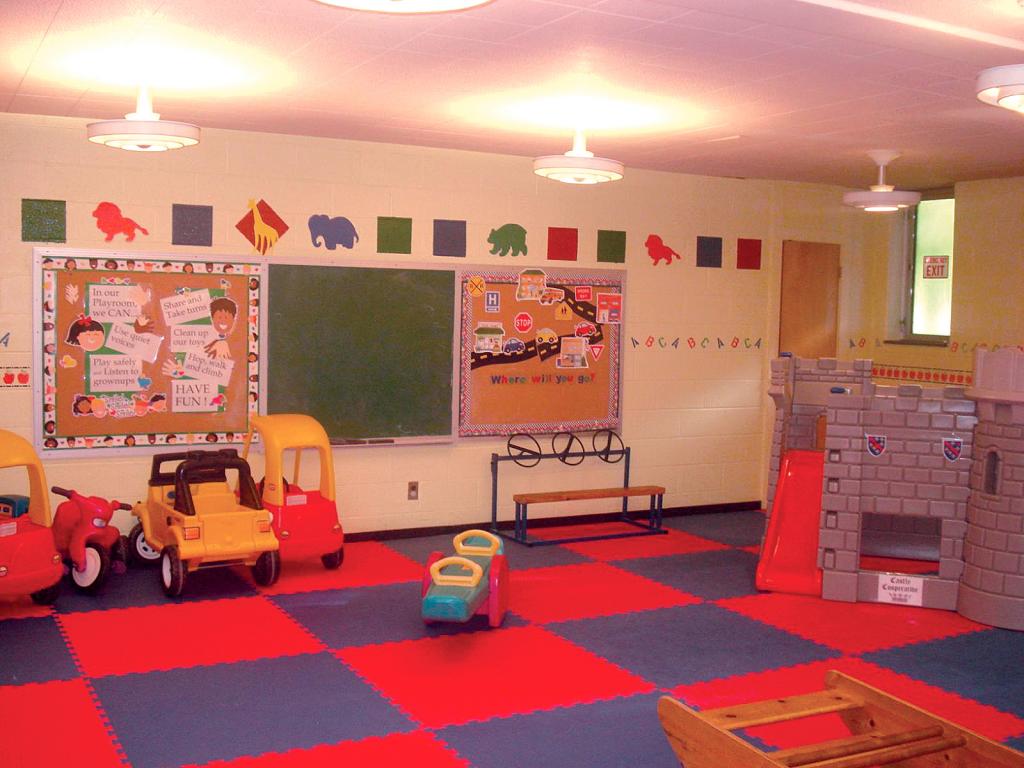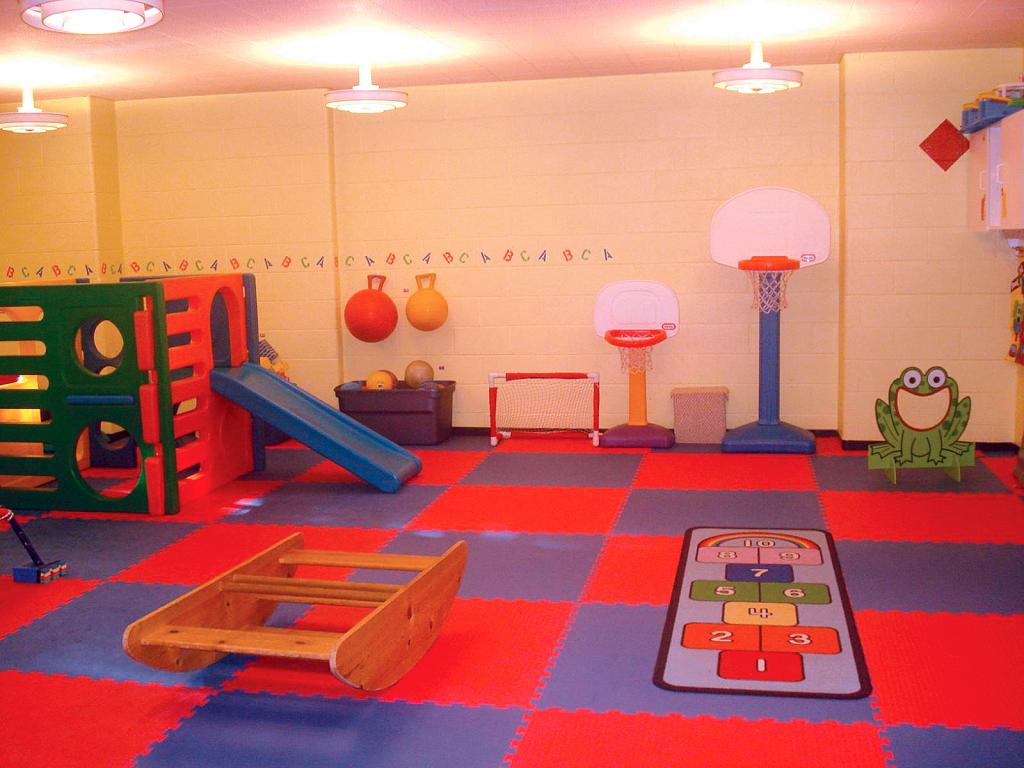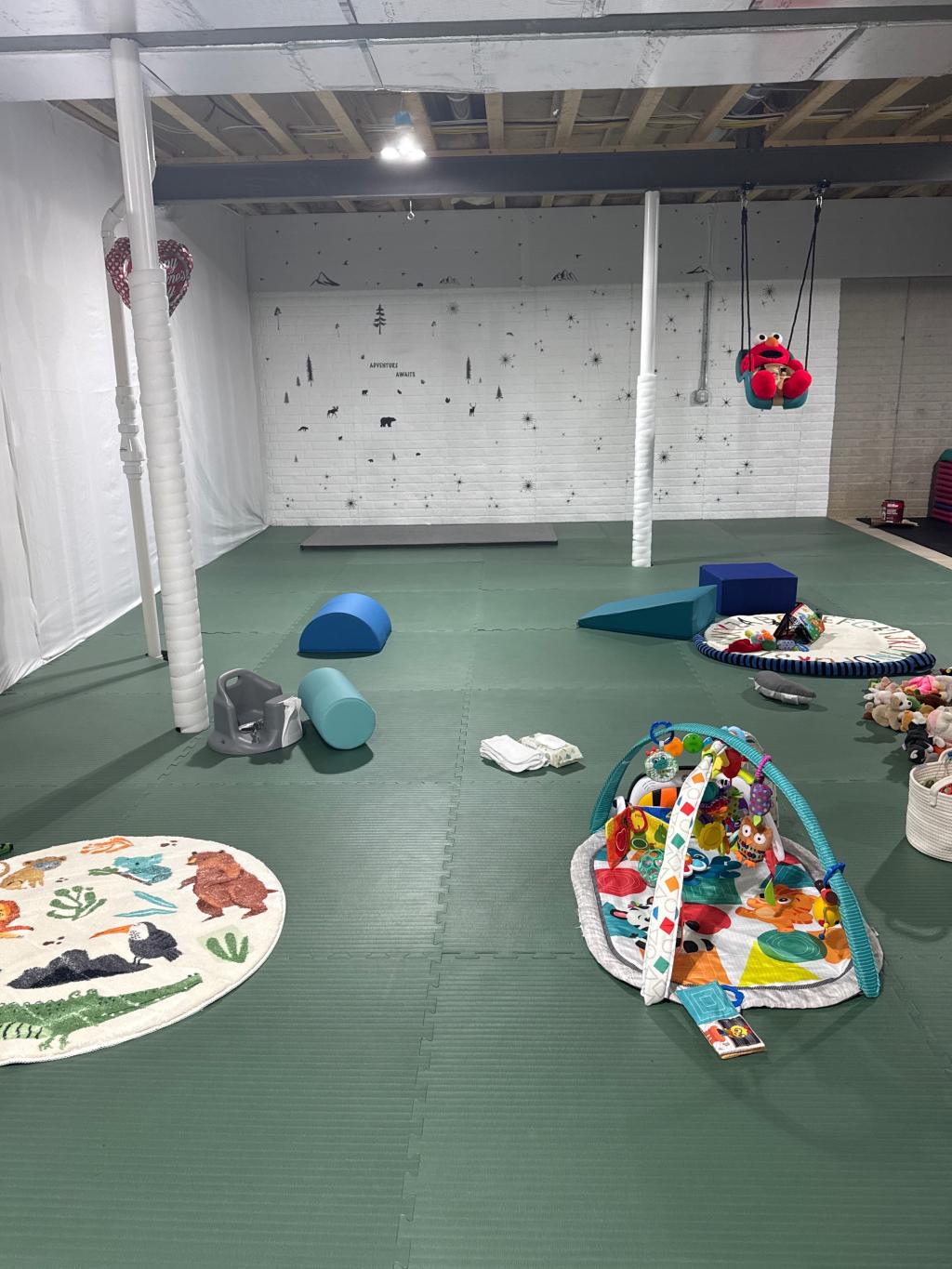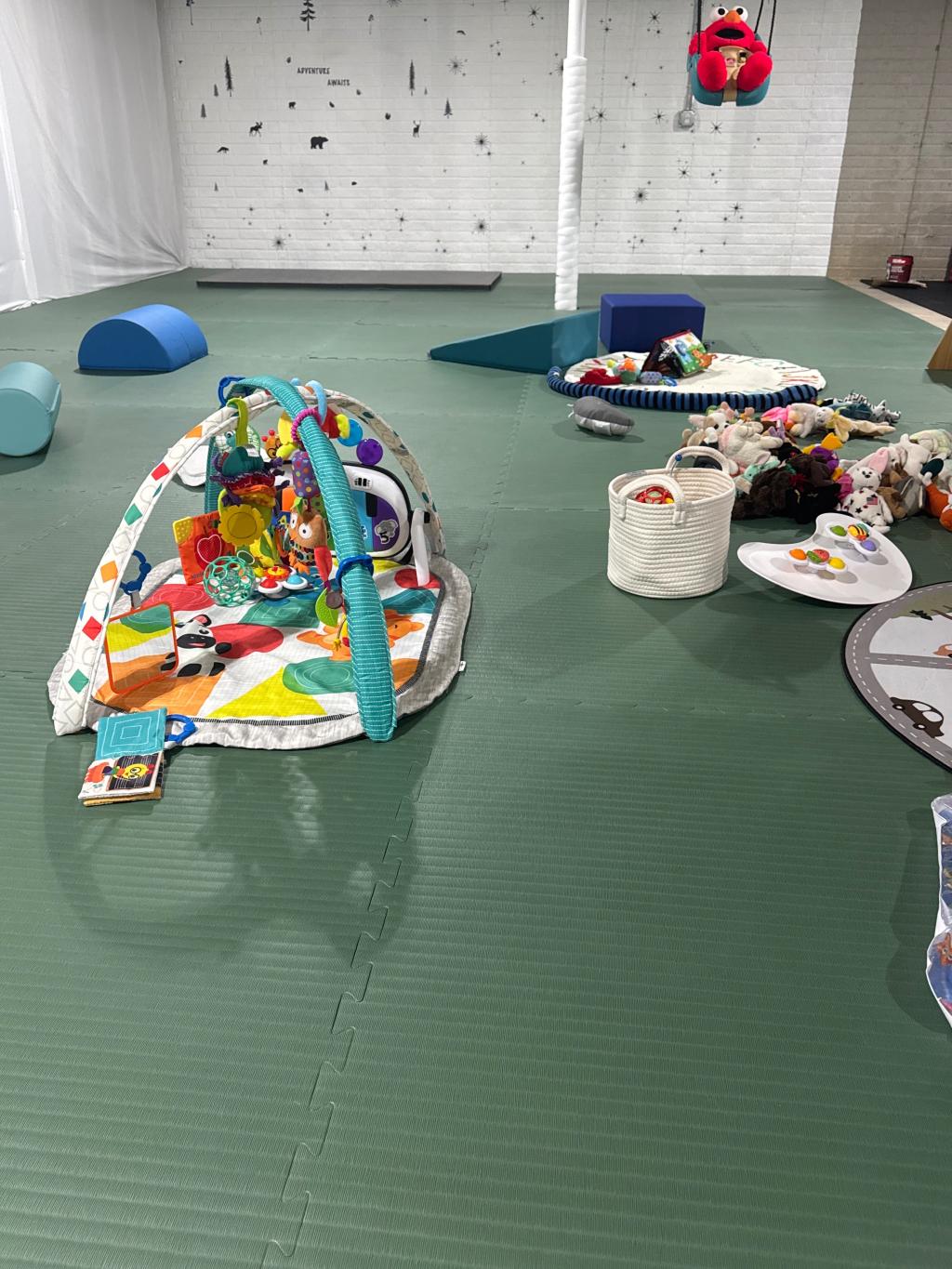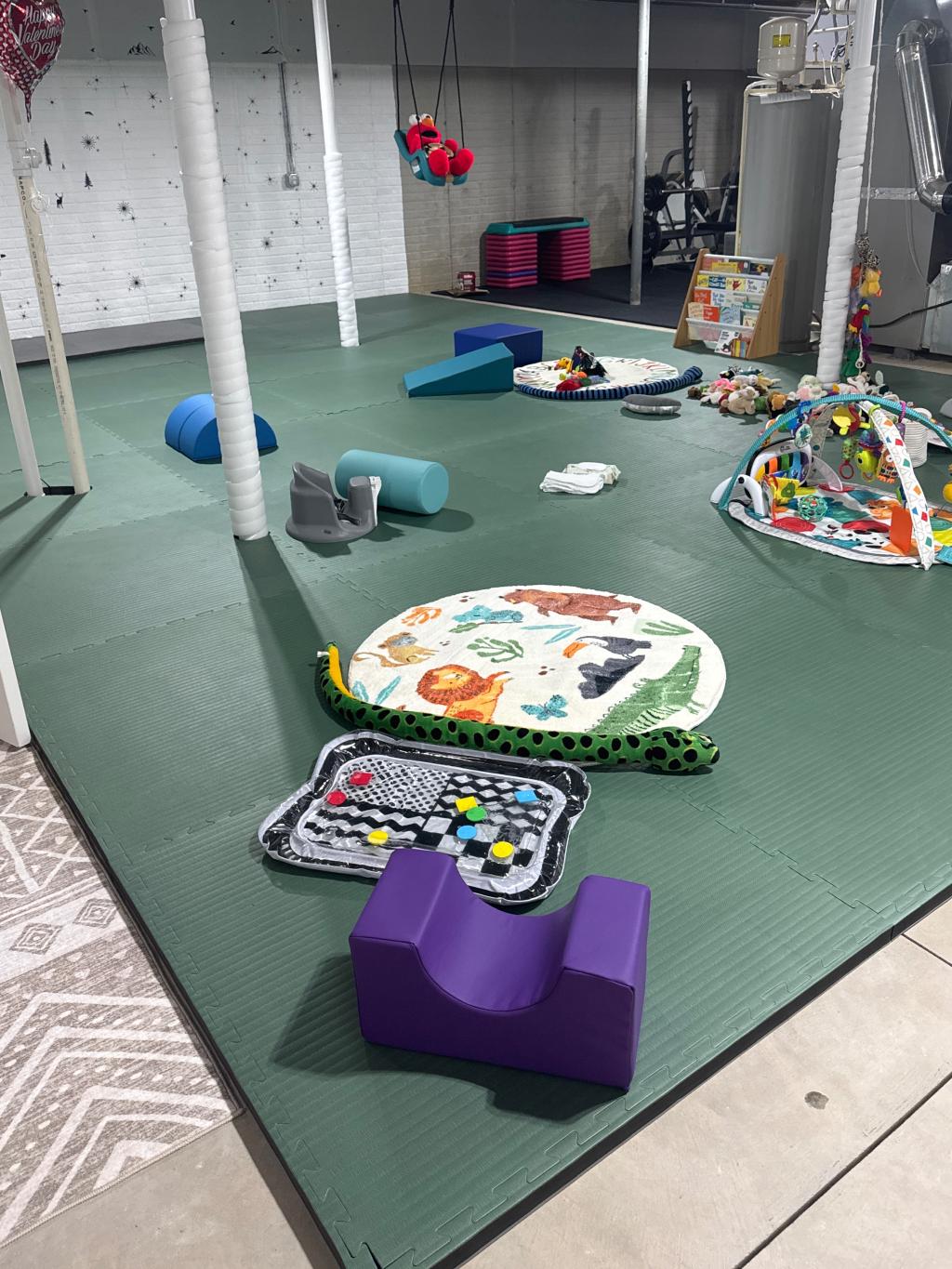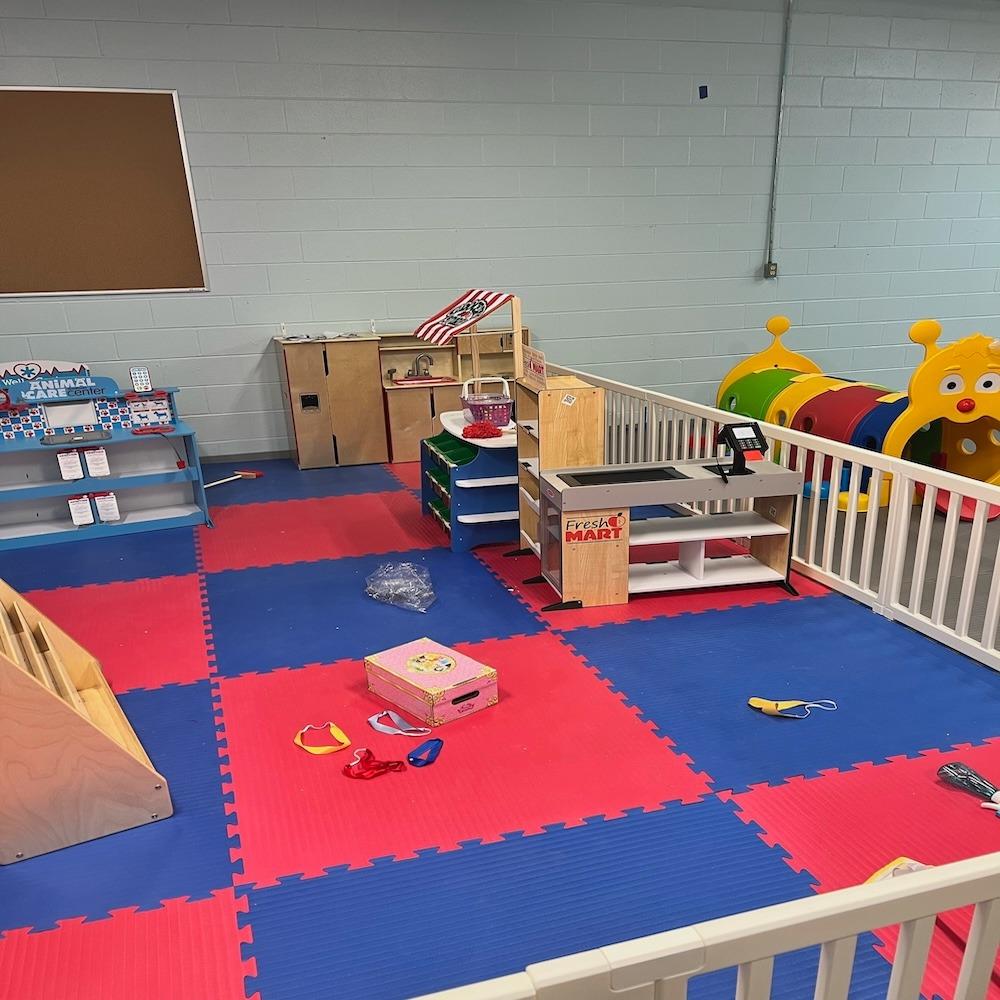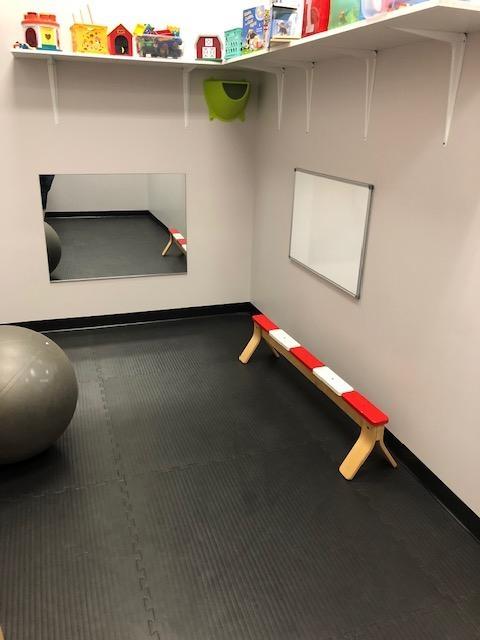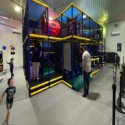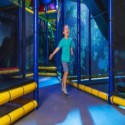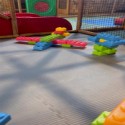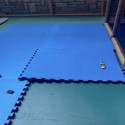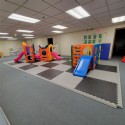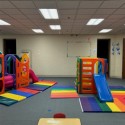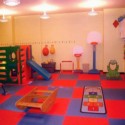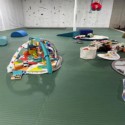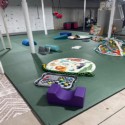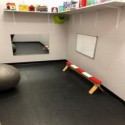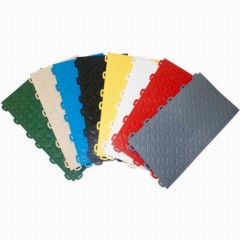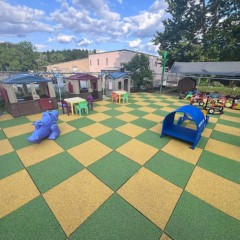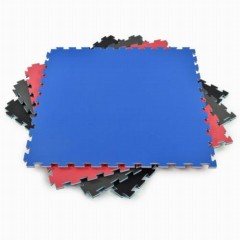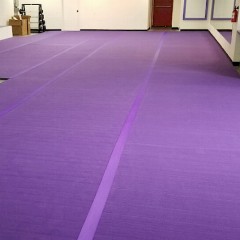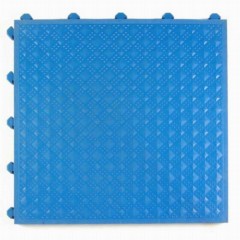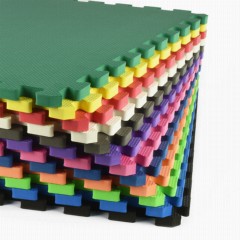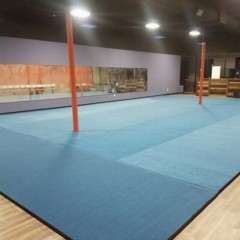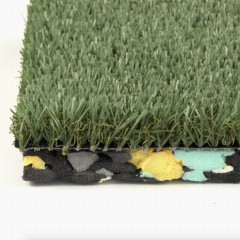Indoor Playground Flooring Tiles 1-1/2 Inch x 1x1 Meter
- Fall height rated for up to 4 feet
- Safe materials that are latex- and lead-free
- No skin burn tatami surface texture
- See More Details
- Fall height rated for up to 4 feet
- Safe materials that are latex- and lead-free
- No skin burn tatami surface texture
- Easy to clean waterproof materials
- No experience needed for the installation process
- Clean edge finish with included border pieces
- Fast installation with interlocking edges
- Long lifespan with reversible design
Indoor Playground Floors, Playground Safety Surfacing, Kids Play Floors, Sensory Room Flooring, Recreation Center Flooring
Safe Indoor Playground Flooring for Kids
Trust Greatmats’ indoor playground flooring to deliver impressive levels of safety for kids as they run, jump, play, and potentially fall.
Our commercial-quality indoor foam playground flooring tiles carry an ASTM 4-foot height fall-rated designation, which means that if a child falls off a piece of equipment from 4 feet or less, the floor mats protect against head injuries.
At 1.5 inches in thickness, they also work in sensory rooms, at daycares, and at schools to protect students who need safer and softer padding options for play or for quiet time.
Protect children from hard flooring at an indoor playground with our indoor playground mats.
Long-Lasting Soft Play Flooring
Even though this floor covering is soft, it is far more durable than you may expect. Our high-quality kids playground flooring has the perfect material density rating for standing up to kids running on it. This gives you a good value over the long run.
Easy-to-Install Kids Play Area Flooring
You do not need any experience with installing indoor playground flooring to have success with this job. There’s no need to hire a professional.
The tiles have puzzle edges and pop together with just a little bit of force. Do not use adhesive or glue, because the tight fit between pieces holds them in place, even under stress.
The included border edge pieces fit into the puzzle edge, allowing for a clean, straight edge finish on an island layout.
Quick Clean Indoor Playground Flooring
When kids make a mess or spill something at the playground, cleanup is a snap. EVA foam tiles are naturally waterproof, meaning they will not soak up any liquids, giving you time to clean them.
If you want to wash them a little more thoroughly than using just a damp rag or a push broom, you can add dish soap to the water and mop the tiles. Diluted vinegar is a good idea for spot cleaning. No maintenance is required on these tiles.
Should one section become damaged, simply reverse it for a new look.
Disclaimer
Existing mats may not interlock with new mats due to natural expansion and wear of used mats. Please contact customer service about any concerns.
Color variation is possible from lot to lot, even within the same order. Using a checkerboard or other multi-color pattern can help make this variation less noticeable.
When the coloring from the martial arts puzzle mats comes off on feet or uniforms, this is not uncommon with BJJ puzzle mats. We find that red and black are the most susceptible colors to this issue.
These can expand in heat and humidity. Allow tiles to acclimate before installation.
Mat thickness tolerance is plus or minus 2 mm from 40 mm as the standard baseline thickness.
Maintenance
Product can be damp mopped with common household floor cleaners; avoid bleach. Test your vacuum before use.
Shipping
Ships via freight delivery shrink-wrapped on pallets.
Please review our shipping disclaimer.
| SKU# | GRPMAT158Indoor |
| In Stock | Yes |
| Product Type | Tile |
| Material Type | Foam |
| Product Edging | Interlocking |
| Thickness | 1-1/2 inch |
| Width | 3.30 feet |
| Length | 3.30 feet |
| SF per Item | 10.80 |
| Weight | 9.00 lbs |
| Packaging | Shrink Wrapped on Pallets |
| Non Absorbent | Yes |
| Special Adhesives | No |
| Universal Interlock | No |
| Interlock Loss | 0.03 feet |
| Material Hardness | 103 kgs/m3, 35 Shore C |
| Interlocking Connections | Yes |
| Made In | Taiwan |
| Surface Finish | Tatami |
| Surface Design | Solid color, double sided, double color |
| Installation Method | Interlocking, dry lay |
| UV Treated | No |
| Reversible | Yes |
| Border Strips Included | Yes |
| Indoor or Outdoor | Indoor |
| Manufacturer Warranty | 1 year limited |
Product Questions:
Q: Can you install heavy indoor playground equipment on this foam tile?
Q: Are there any issues with people wearing shoes on this and scuffing or causing problems for the product?
Q: Can this product be glued down if we are concerned about corners coming up over time? What glue would we use?
Q: Can these be laid over carpet?
Q: Have these been tested for formamide levels or other VOCs?
Q: How do these tiles do in extreme heat? We are in LV, and it hits triple digits all summer long.
Q: I want to put this in my basement, but I'm afraid my pets will go down there and use the mats as a restroom. How hard are they to clean/sanitize if they have accidents on the mats?
Q: If installing on a concrete floor in the basement, do I need to put down a vapor barrier?
Q: I would need to cut the mats in curved shapes to fit into the aft quarter berth of my sailboat. Your video shows making a straight cut by cutting halfway through and then bending the mat and cutting the rest of the way, but I was wondering about cutting the outer mats to fit a curved area and cutting a hole in the middle of the center mat. Is it feasible to cut this product to fit my project?
Q: Do the gray aisle border pieces come with it, or can those only be purchased separately?
Q: Can these mats be cleaned using a steam mop?
Customer Rating:
05/06/2025
These mats are great! They look amazing, they’ve held up great to over 10,000 kids in the last 6 months. So much nicer than other playgrounds who opt for cheap Amazon foam tiles. Installed ourselves, just takes some time and measuring skills. The pads ARE completely waterproof, so any moisture or condensation that occurs under the mats will stay under them or eventually evaporate through the seams leaving mineral deposits. Used a floor blower to push air underneath and fixed the issue.
Coy
Oklahoma
Customer Rating:
12/03/2024
We needed a product that was safe for toddlers, soft to adult knees, and able to withstand up to 2000 customers a day. The installation process went very quickly and smoothly. We like how easy the mats are to install and clean. This product saved us $6-10,000 being able to install it ourselves without using a contractor.
Nate
Edina, MN
Customer Rating:
06/14/2023
Before with rainbow mats, and after, with fabulous Great Mats! So much safer (and professional looking)!
Melissa
CHANHASSEN, MN
Customer Rating:
05/30/2018
We love the mats. They are perfect for our indoor playground. We had wanted to buy the green ones but they were out of stock. Other than color, we are 100% satisfied. They were easy to install as well.
Monica
Tampa, FL
Customer Rating:
05/30/2018
We love our new Great Mats floor in our toddler playroom. It's easy to clean and provides a safe surface for our kids to play. It was simple to install and looks great as you can see.
Pamela
DRESHER, PA
